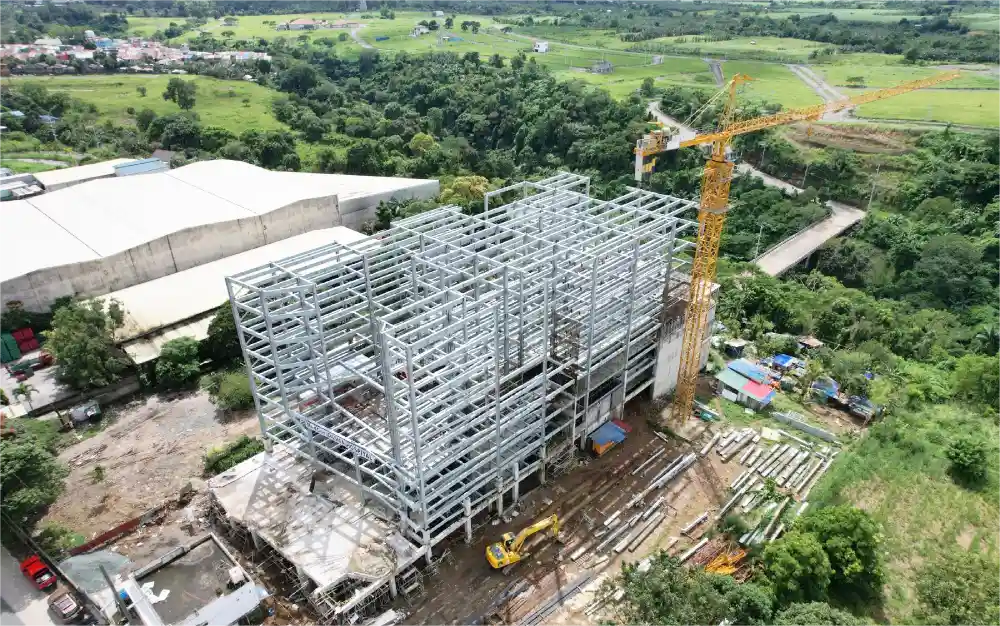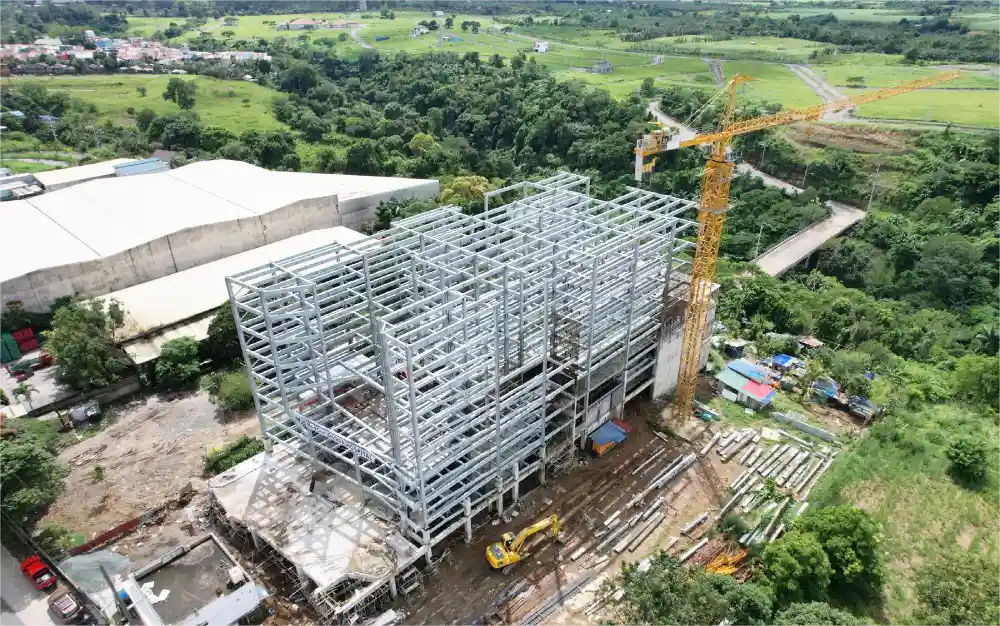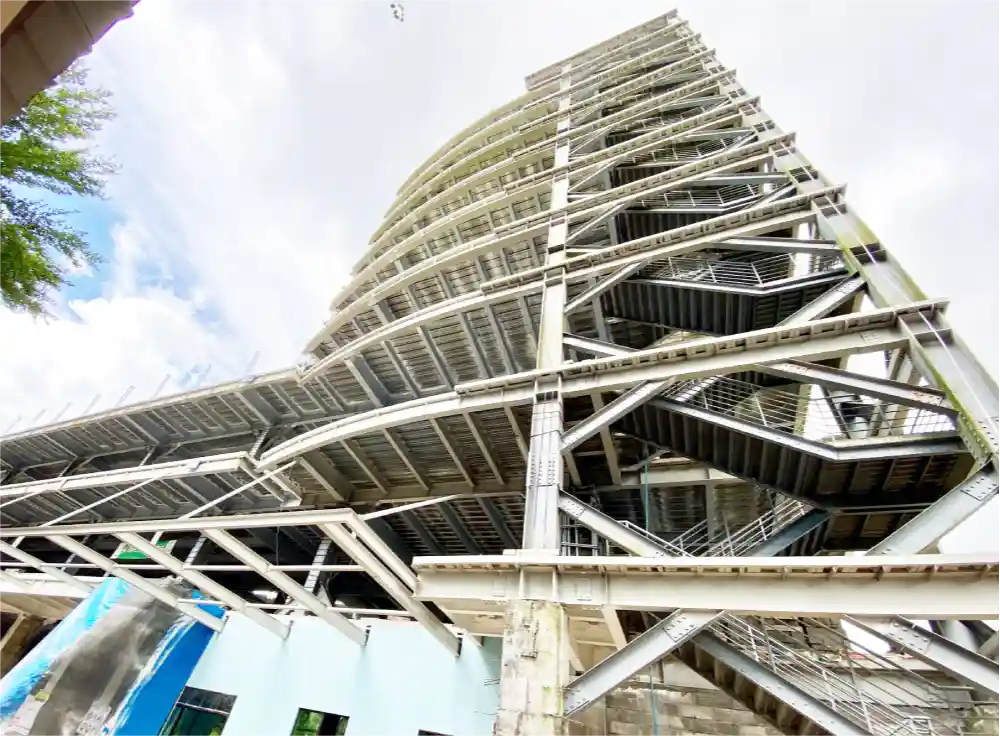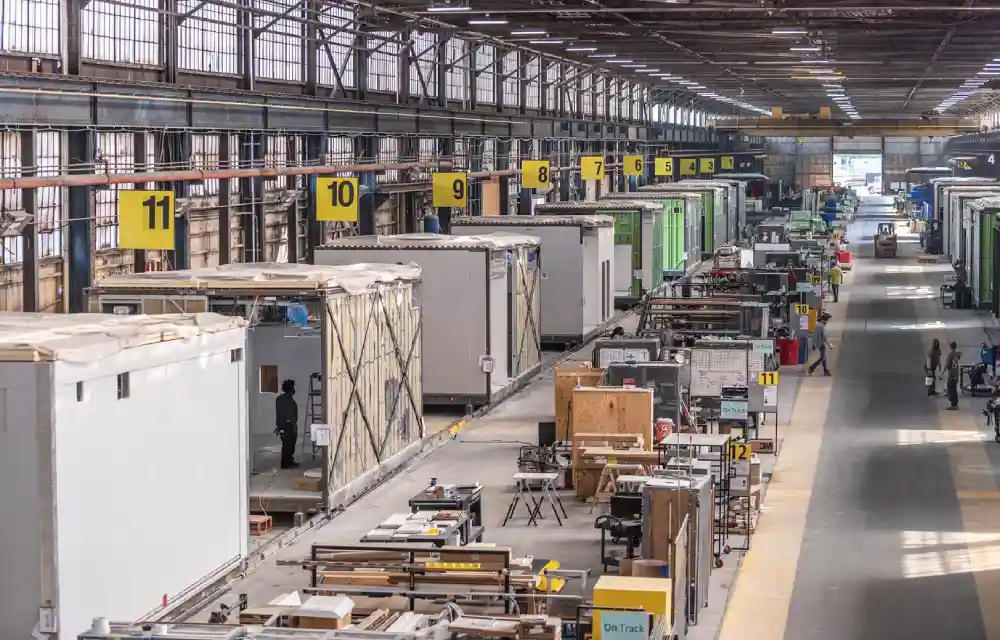The application of steel structure in the construction healthcare facilities

In the domain of medical facilities, the erection of secure, proficient, and versatile edifices stands as a matter of utmost significance. Steel frameworks have surfaced as a favored option in erecting medical facilities owing to their myriad benefits. This discourse shall delve into the utilization of steel frameworks in the erection of medical facilities and underscore the merits that render steel a quintessential substance for such endeavors.
The application of steel structure in the construction healthcare facilities
An overview of the steel structure
In the realm of architecture, steel structures stand out as edifices primarily supported and framed by steel. These constructions have garnered increasing popularity owing to a plethora of advantages such as robustness, longevity, and adaptability.
Primarily, steel structures boast formidable strength and durability, rendering them ideal for projects necessitating vast expanses, such as warehouses and factories. Additionally, their resilience against elements like fire and seismic activity ensures a heightened level of safety and security. Furthermore, the malleability of steel enables it to be shaped into various configurations tailored to the preferences of building proprietors.
Moreover, the construction duration and associated costs of steel structures typically prove shorter and lower, respectively, in comparison to alternative building methods. Furthermore, steel is lauded as a sustainable material, aligning seamlessly with the prevailing trend of sustainability within the construction industry.
2. The importance of steel structures in the construction of healthcare facilities

In the realm of healthcare infrastructure, the need for sturdy constructions capable of bearing varied loads while safeguarding both medical practitioners and patients is paramount. Steel structures present an outstanding solution, renowned for their remarkable robustness and resilience, rendering them highly suitable for healthcare facility construction.
The elevated tensile strength of steel facilitates the realization of expansive interiors and intricate architectural designs, all while upholding structural integrity without compromise.

Emergency healthcare facilities represent specialized establishments engineered to deliver prompt medical attention and treatment to individuals residing in locales facing life-threatening circumstances. These establishments assume a pivotal role in addressing medical emergencies, stabilizing patients, and instigating requisite interventions prior to their transfer to suitable levels of care. The integration of steel facilitated expedited construction processes, thereby guaranteeing timely finalization and preparedness for emergency scenarios.





